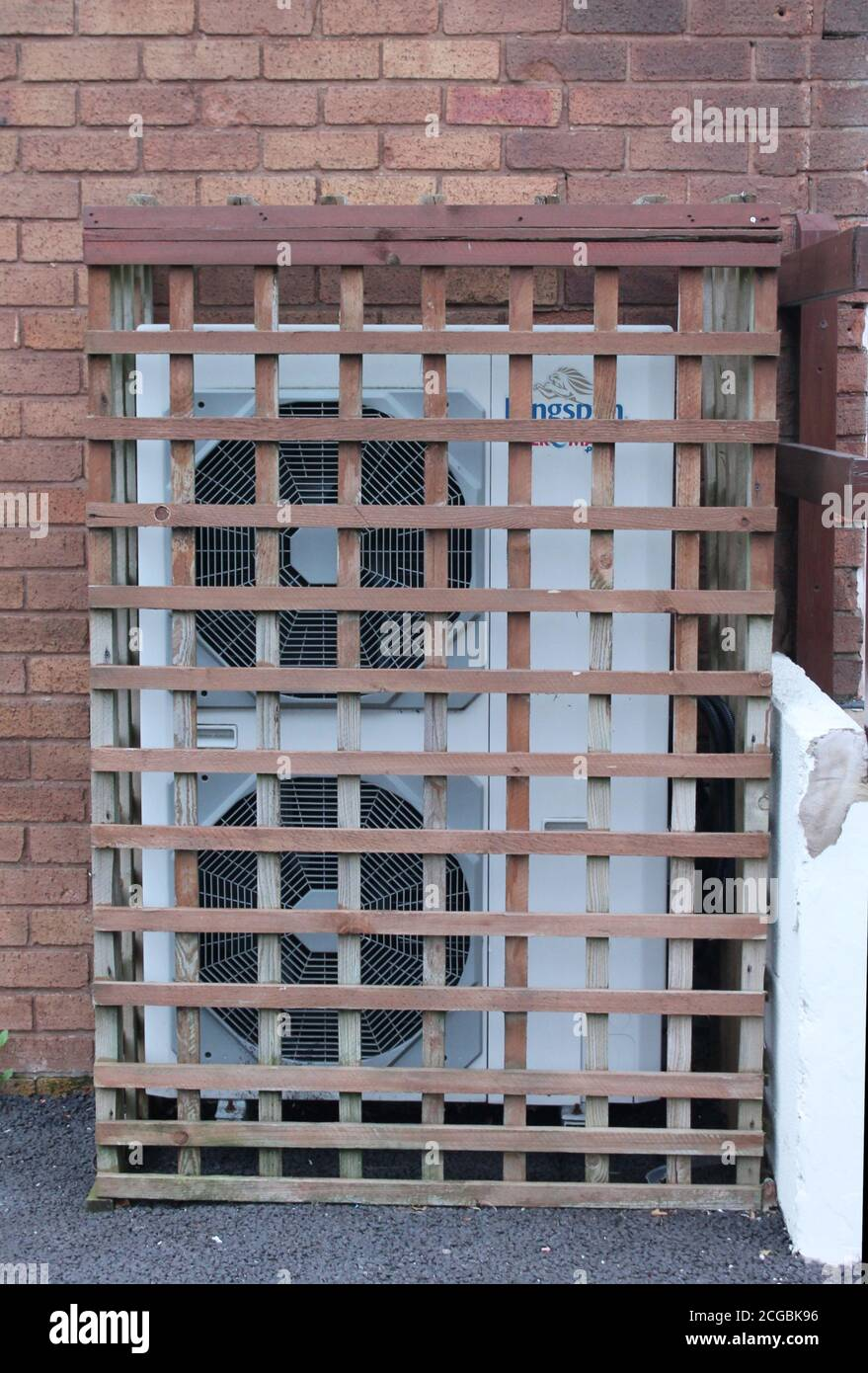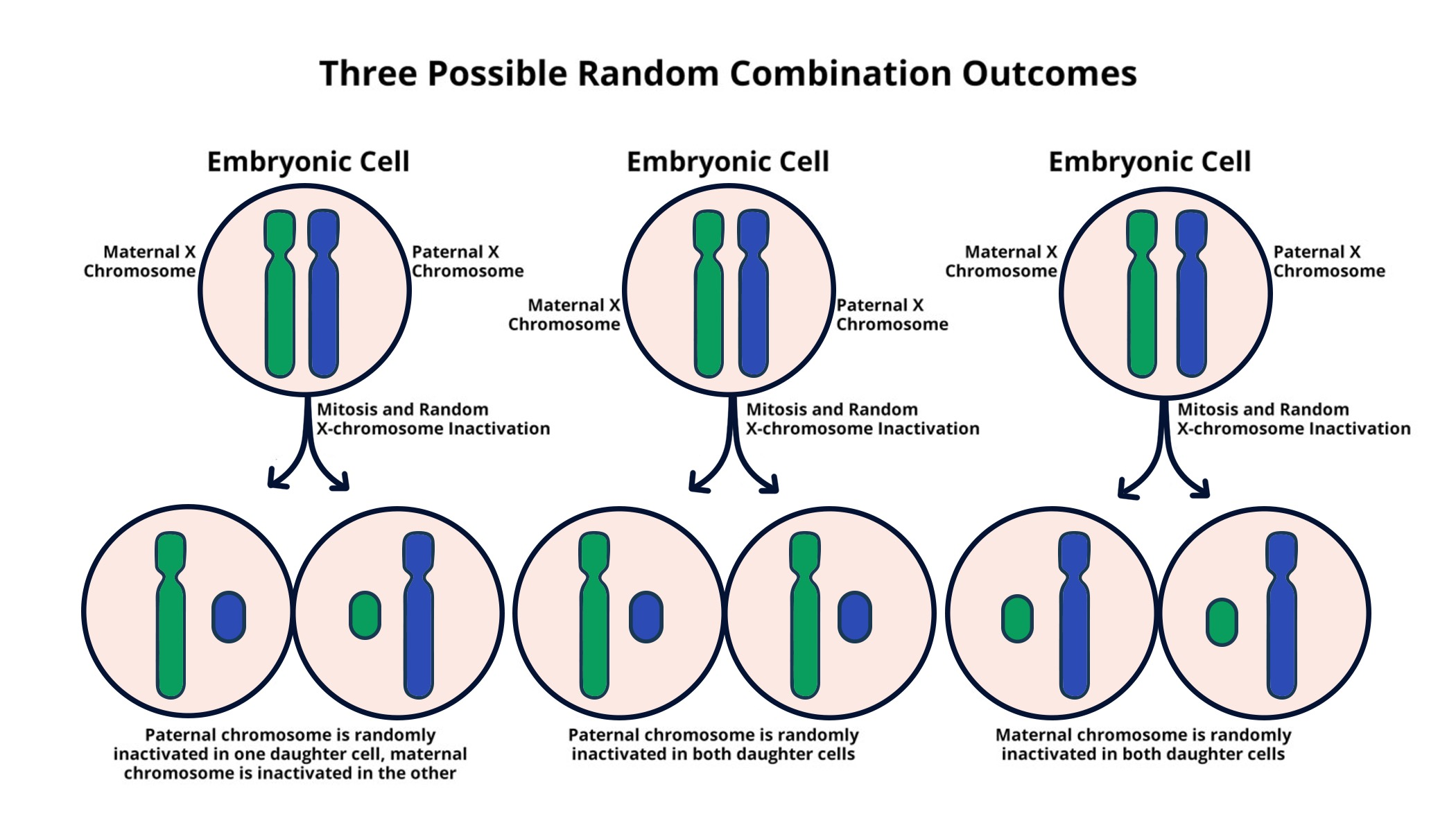Organ-on-a-Chip Technology: Harvard’s Crucial Research
Organ-on-a-chip technology represents a groundbreaking innovation at the intersection of engineering and biology, enabling researchers to construct miniature models of human organs. This cutting-edge application, funded by notable initiatives like Harvard research funding, allows scientists to replicate complex biological systems on a silicon chip. Under the guidance of pioneers like Don Ingber, whose projects at Harvard’s Wyss Institute are at the forefront of biologically inspired engineering, this technology offers unprecedented insights into how human organs respond to various stimuli, including nuclear radiation research and the effects of space mission technology. With implications for drug discovery and personalized medicine, organ-on-a-chip technology promises to revolutionize the way we understand health and disease. As we delve deeper into this exciting field, the potential applications of these miniature organ systems can pave the way for safer and more effective medical treatments.
Microphysiological systems, commonly referred to as organ-on-a-chip technology, offer an innovative approach to studying human physiology in a controlled environment. This technology mimics the intricate functions of real organs, providing a platform for testing drugs and understanding disease mechanisms. With significant backing from institutions such as Harvard, which emphasizes biologically inspired engineering, these platforms are becoming invaluable in fields ranging from cancer research to space mission technology. As researchers like Don Ingber lead projects focused on these advanced systems, the impact of nuclear radiation research is also being explored, enhancing our knowledge of health risks faced by astronauts and cancer patients alike. The evolution of organ-on-a-chip systems marks a significant shift towards more accurate and ethical biomedical research.
The Impact of Stop-Work Orders on Harvard Research
The sudden stop-work order issued to Harvard by the Trump administration has sent shockwaves through the academic community, especially affecting critical projects at the Wyss Institute led by Don Ingber. With over $19 million in funding at stake, the halt threatens not only the immediate outcomes of research but also the livelihoods of talented researchers and the innovative spirit that drives American science. The news of the order, which came just hours after Harvard’s refusal to comply with controversial governance changes, has left both researchers and students in a state of uncertainty. This disruption can stifle long-term projects that require stable funding and continuous research efforts to yield results.
As researchers scramble to mitigate the fallout, the chaos surrounding the project halts raises questions about the sustainability and future of cutting-edge research at Harvard and beyond. Ingber has highlighted the psychological toll on his team, many of whom are scared of job loss and instability in their careers. This situation echoes broader concerns about the fragile state of research funding across academic institutions, underscoring the urgent need for a stable relationship between government policies and academic endeavors. Without this balance, the risk emerges that projects central to national innovation, particularly in fields such as biologically inspired engineering and nuclear radiation research, might be abandoned or delayed indefinitely.
Organ-on-a-Chip Technology in Biomedical Research
Organ-on-a-chip technology represents a groundbreaking advancement in biomedical research, allowing scientists to model human organ functions in a controlled miniaturized environment. Ingber’s projects at the Wyss Institute utilize this technology to examine how various factors, such as nuclear radiation, impact human tissues, particularly in the context of modern challenges like cancer treatment and emergency responses to nuclear events. By simulating real biological processes on chips, researchers can identify potential drug candidates and therapeutic strategies more efficiently, paving the way for personalized medicine and tailored treatment plans.
Moreover, the application of organ-on-a-chip technology extends beyond traditional biomedical research. The ability to recreate the hostile conditions of space travel is critical for future missions, such as those aimed at Mars. Ingber’s work examines how microgravity and radiation exposure affect human physiology, especially in bone marrow where blood cell production occurs. As missions become longer, understanding these impacts will be essential for ensuring the health of astronauts in deep space. This innovative approach not only contributes significantly to medical science but also resonates within the broader conversation about space mission technology and the future of human exploration beyond Earth.
Challenges in Scientific Recruitment and Retention
The current climate surrounding research funding and the ensuing uncertainty has prompted significant concerns regarding the recruitment and retention of top scientific talent within the U.S. As researchers like Ingber express frustration over the challenges faced because of the stop-work orders, potential candidates are reassessing their choices. Recent decisions by promising scientists to withdraw from positions highlight a troubling trend; the fear of instability in their careers deters highly qualified individuals from pursuing opportunities at institutions renowned for innovation and excellence like Harvard.
Moreover, the fallout from these funding withdrawals is likely to ripple through the academic ecosystem, posing a long-term threat to the quality of research and education within science and technology fields. Ingber’s observations point to a paradox where the instability creates a negative feedback loop. Historically, strong recruitment of international talent has fueled innovation in America. However, as reported by researchers opting to leave or decline offers, the perception of an unsafe or unstable environment discourages future scientists from even considering positions at prominent research institutions.
Legal and Regulatory Dimensions of Research Funding
The conflict between Harvard and the federal government over research funding underscores significant legal and regulatory issues affecting higher education institutions. Ingber’s experience with the stop-work order is emblematic of the broader struggle faced by universities in navigating external pressures while striving to maintain scientific integrity. The lawsuit filed by Harvard against the government’s demands challenges not only the legality of the funding freeze but also raises questions about academic freedom and governance. The implications of such a legal battle could have lasting effects on how research is conducted and funded in America.
Additionally, this legal confrontation may set a precedent for how other universities interact with federal funding agencies in the future. If the courts side with Harvard, it might re-establish the autonomy of institutions in managing their research agendas free from political interference. Conversely, if the government prevails, it could usher in a new era of stringent regulations that could stifle innovation and limit the scope of research projects across the nation. As the outcome remains uncertain, the scientific community watches closely, aware that the decisions made today could shape the future landscape of research funding.
The Role of Government in Driving Innovation
The partnership between government and academia has historically been a powerful engine for innovation in the United States. Don Ingber emphasizes that the long-standing collaboration has led to significant breakthroughs in science and technology, driven by the availability of public funding for research and development. However, the recent freeze on research funding challenges this dynamic, raising concerns that impediments to funding could stifle groundbreaking projects essential for advancing the American economy through innovation and technological progress.
This synergy is vital not only for fostering research but also for addressing pressing issues facing society, from healthcare solutions to technology-driven sustainability efforts. Ingber calls for a reassessment of how governmental policies support or hinder research initiatives. Ensuring that funding remains accessible and stable is imperative for safeguarding advances in biologically inspired engineering and other vital interdisciplinary fields that benefit from governmental support.
Exploring the Future of AI and Nuclear Energy
As the conversation around nuclear energy production intensifies, especially in relation to the burgeoning artificial intelligence (AI) industry, Ingber’s research takes on greater urgency. His studies utilizing organ-on-a-chip technology not only evaluate potential risks associated with radiation but also highlight the importance of safety measures amidst increasing reliance on nuclear power. With the U.S. aiming to augment its energy capacities to support energy-intensive sectors like AI, understanding the biological impacts of nuclear radiation becomes crucial for advancing public health and safety.
Furthermore, the integration of AI in monitoring and optimizing nuclear energy production presents an exciting yet complex intersection of technology. The necessity for rigorous research to ascertain how radiation affects human health and develop mechanisms to counteract these impacts underscores the vital role of organizations like the Wyss Institute. By continuing to explore these challenges through innovative research, scientists can help inform policies that responsibly harness the benefits of nuclear energy while safeguarding human health.
Adapting to New Realities in Scientific Research
The ongoing developments surrounding the stop-work orders compel researchers to rethink their strategies and adapt to rapidly changing circumstances. Ingber has noted the creative responses required to manage staffing and project transitions effectively as funding remains in limbo. Finding internal resources to support researchers affected by the halt showcases ingenuity in crisis management, aiming to provide at least temporary stability to those facing uncertainty in their academic careers.
Additionally, the ability to reallocate talent and redirect projects efficiently emphasizes the resilience of the scientific community in adapting to external pressures. The quest for new funding sources reflects a proactive stance that can potentially stimulate innovative thinking about research priorities and methodologies. Amidst the turmoil, Ingber’s commitment to maintaining the core objectives of his team is a testament to the adaptability that will define the future of research as scientists navigate the impact of governmental and funding challenges.
Crisis Management in Academic Research Settings
The abrupt stop-work order has thrust Ingber and his team into a position where crisis management is not just necessary but imperative. In academic settings, especially ones that drive significant advancements like the Wyss Institute, the ability to respond effectively to such disruptive events is crucial. Ingber’s strategy includes open communication with his team, legal consultations, and outreach to university administrators to explore potential alternative funding avenues while navigating the complex landscape of federal regulations and requirements.
Such crisis management practices are essential not only for maintaining morale but also for ensuring continued collaboration within research teams. By prioritizing the welfare of each team member, Ingber sets a strong example of leadership, demonstrating how support and strategic decision-making can mitigate some of the anxiety and uncertainty experienced by researchers during tumultuous times. As the landscape of academic research becomes increasingly fraught with challenges, leaders in the field must consistently hone their crisis management skills to ensure the stability and effectiveness of their institutions.
The Global Talent Pool and Its Influence on U.S. Science
The competitive landscape of global talent recruitment is increasingly significant as researchers navigate their careers amid the uncertainties that affect American institutions. Ingber’s observations about the decisions made by international scientists reflect a broader trend; the anxiety surrounding the U.S. residency climate might not only impact current projects but could deter the influx of foreign talent integral to the nation’s research landscape. With concerns about safety and stability, potential candidates may opt for positions in countries perceived as more welcoming or secure.
Such shifts in the global talent pool can cripple America’s longstanding status as a leader in innovative research and scientific exploration. As institutions face the possibility of declining international applications, the implications stretch beyond individual projects to encompass the very fabric of American scientific progress. Ingber’s insistence on reinforcing strong support systems for researchers is vital. Thus, fostering a culture of inclusivity and stability can help counteract trends that threaten to diminish the U.S. research community’s vibrancy and competitiveness.
Frequently Asked Questions
What is organ-on-a-chip technology and how does it relate to Harvard research funding?
Organ-on-a-chip technology is an advanced engineering approach developed at the Wyss Institute for Biologically Inspired Engineering at Harvard, designed to mimic the functions of human organs on microfluidic chips. This innovative technology is significant for research funded by organizations like the U.S. Department of Health and Human Services, which has provided over $19 million in contracts for projects investigating radiation damage and drug mitigation. Harvard’s ongoing efforts in organ-on-a-chip research highlight the importance of continued funding in supporting groundbreaking innovations in health and space missions.
How are Don Ingber’s projects utilizing organ-on-a-chip technology for nuclear radiation research?
Don Ingber’s projects at the Wyss Institute leverage organ-on-a-chip technology to model the effects of nuclear radiation on human tissues, such as lung and bone marrow. This research is crucial in developing new drugs that could mitigate radiation damage, particularly for cancer patients undergoing therapy or in the event of nuclear accidents. By utilizing organ-on-a-chip technology, these projects can provide vital insights that inform safety protocols in environments with high radiation exposure.
In what ways does organ-on-a-chip technology contribute to space mission technology?
Organ-on-a-chip technology is integral to studying the effects of microgravity and radiation exposure on astronauts, as demonstrated by projects developed for the Artemis II moon mission. By simulating conditions experienced in space, researchers can assess the impact of space travel on vital human cells, like those in bone marrow, which are crucial for blood production. This research is essential for ensuring the health and safety of astronauts during prolonged missions, including future journeys to Mars.
What challenges are faced by researchers involved in organ-on-a-chip projects amid funding issues?
Researchers working on organ-on-a-chip projects, such as those led by Don Ingber at Harvard, are currently navigating significant challenges due to government funding disruptions, which have resulted in stop-work orders. The uncertainty surrounding research funding has led to concerns over job security and project continuity, forcing institutions to make difficult decisions about resource allocation and personnel. Protecting talented researchers and maintaining ongoing studies in this innovative field remains a top priority amid the crisis.
How is organ-on-a-chip technology influencing drug development in the context of nuclear research?
Organ-on-a-chip technology is revolutionizing drug development by providing a platform for researchers to observe how human organs respond to various compounds and treatments under conditions that mimic real-life scenarios, including those pertaining to nuclear radiation. By enabling scientists to model the detrimental effects of radiation on human tissues, this technology supports the identification of potential therapeutic agents that could alleviate radiation-induced injuries, playing a crucial role in enhancing treatment options for patients exposed to such hazards.
| Key Point | Details |
|---|---|
| Stop-Work Order | Harvard received a stop-work order from the Trump administration affecting organ-on-a-chip projects funded by the U.S. Department of Health and Human Services. |
| Funding Freeze | The government froze $2.2 billion in research funding to Harvard, resulting in chaos and uncertainty among researchers. |
| Importance of Research | Ingber’s organ-on-a-chip technology helps model radiation damage and study its effects on human organs and astronaut health. |
| Impact on Talent Recruitment | Scientists are reconsidering relocations to Boston due to safety and stability concerns, hindering America’s ability to attract international talent. |
| Future of Innovation | Ingber expresses concern that the crisis in funding and support could impede America’s Innovation engine, essential for technology development. |
Summary
Organ-on-a-chip technology plays a pivotal role in advancing biomedical research and innovation. The recent developments at Harvard have highlighted the vulnerabilities of research funding and its profound impact on scientific endeavors. As scientists face uncertainties surrounding their projects, it becomes crucial to understand the importance of maintaining support for organ-on-a-chip initiatives. This technology not only aids in modeling human organ responses but also enhances our understanding of critical health issues such as radiation exposure effects, which is vital given the growing focus on nuclear power and space exploration. Ensuring continued investment in organ-on-a-chip technology will safeguard the future of American innovation and maintain the country’s standing as a leader in scientific advancement.


